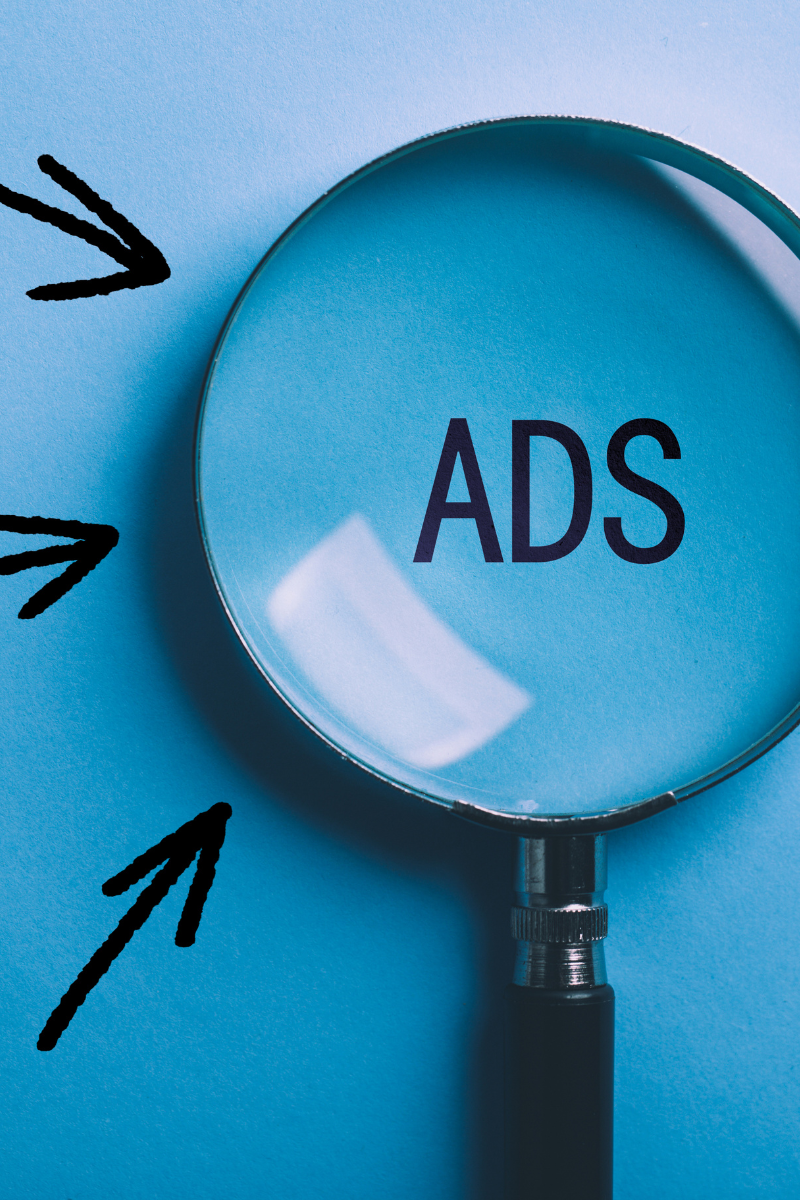In 2025, the financial, insurance, and banking sectors are navigating a rapidly evolving advertising landscape. At Onimod Global, we specialize in guiding these industries through the complexities of modern marketing. Here’s an in-depth look at the current trends and how we can help you stay ahead.
Advertising within financial services, insurance, and banking isn’t what it used to be—and for good reason. With technology evolving at an unprecedented rate, consumer expectations shifting dramatically, and regulatory scrutiny constantly intensifying, brands today must adapt faster and more strategically than ever before.
As we roll through 2025, let’s explore what makes advertising in these specialized sectors so unique—and how Onimod Global expertly navigates these complexities to help our clients stay ahead of the game.

The Rising Tide of Digital Transformation
First, let’s talk big-picture. Advertising in finance, banking, and insurance has historically relied on trust, reliability, and authority. But today, trust is earned digitally. In 2025, companies are projected to spend approximately $48 billion on digital ads in the financial services sector alone—an increase of nearly 20% from 2024, according to eMarketer.
The takeaway here? Digital-first is no longer optional; it’s essential.
Pro Services Tip: Onimod Global stays on the cutting edge by understanding exactly how consumers in these industries interact online—whether that’s through social media, digital streaming platforms, or AI-driven content experiences.
Personalization Goes Next-Level with AI
Forget general ads—customers in these sectors expect tailored messaging that speaks directly to their needs, fears, and aspirations. The insurance sector, for example, has seen customer satisfaction increase by up to 30% through personalized experiences powered by advanced AI, reports McKinsey.
Pro Services Tip: At Onimod Global, we use advanced AI technology to craft hyper-targeted advertising campaigns that feel as personal as a one-on-one financial consultation. Imagine receiving an ad that already understands your investment style or predicts your next insurance need—that’s the kind of personalized experience that builds loyalty and conversion rates.
Compliance and Creativity: The Balancing Act
Ah, compliance—the ever-watchful guardian of the financial sector. In 2025, advertising compliance isn’t getting easier; it’s becoming even more stringent. This is especially true as regulatory bodies strengthen privacy rules and scrutinize the ethical use of AI and consumer data.
Pro Services Tip: Creativity within these strict parameters isn’t easy, but it’s absolutely crucial. Onimod Global thrives here by delivering creative, compliant campaigns that pass regulatory muster without sacrificing impact. Our team meticulously crafts content that resonates deeply while staying within clear boundaries—ensuring our clients maintain an impeccable reputation.

Omnichannel Engagement is Essential
In today’s digitally connected world, your customer may start their journey on Instagram, move to a YouTube video and/or live webinar, and finally decide to engage via an email or digital app. Financial brands must be ready for this omnichannel reality. According to Adobe Analytics, brands using cohesive omnichannel marketing see customer retention rates nearly 90% higher than those with fragmented strategies.
Pro Services Tip: Our financial, insurance and banking marketing team’s expertise lies in designing comprehensive, seamless omnichannel campaigns. By analyzing precise customer journeys, we ensure your message reaches the right audience, at the right moment, through exactly the right channels. View the 2025 Financial Webinar Insights Report & Financial Services Growth Guide here.
The Rise of Interactive and Educational Content
Consumers in finance, insurance, and banking want more than flashy slogans—they seek genuine insights and tangible value. Interactive calculators, educational videos, live webinars and live Q&A sessions, and explainer infographics have become integral parts of successful ad campaigns in 2025.
For instance, banks utilizing interactive financial calculators have reported a 62% higher engagement rate compared to traditional content (Financial Brand, 2025).
Pro Services Tip: Our experienced industry-specific digital marketers champions this educational approach by integrating high-value, interactive content that transforms viewers into loyal customers. Download our 2025 Financial Webinar Insights Report & Financial Services Growth Guide here.
Data Privacy and Transparency: Your Marketing Advantage
Data privacy isn’t just regulatory compliance—it’s now a customer expectation. With 78% of consumers globally considering data privacy a key factor in brand loyalty (Gartner, 2025), transparency has become a significant differentiator.
Pro Services Tip: Onimod proactively use data transparency in advertising campaigns, turning regulatory requirements into a competitive advantage. Our campaigns highlight privacy-first messaging that assures consumers their data isn’t merely protected but valued and respected.
Video Dominance: Short-form Content Rules
Forget traditional advertising formats—2025 is all about short-form videos. Platforms like TikTok, YouTube Shorts, and Instagram Reels have become pivotal in finance advertising, where 60-second or less educational, humorous, or informative videos outperform static content dramatically. Financial institutions report nearly double engagement through short-form video compared to long-form content (HubSpot, 2025).
Pro Services Tip: At Onimod Global, our expert video marketing team crafts concise, punchy, highly impactful short-form videos that capture attention immediately. These brief, memorable interactions significantly enhance brand recall and engagement.
Influencer Marketing Evolves in Financial Services
Influencers in financial advertising? Absolutely. Trust remains paramount, and influential voices in financial wellness, retirement planning, and insurance coverage are driving massive results. In fact, influencer marketing in financial services is projected to reach $14 billion by the end of 2025 (Influencer Marketing Hub).
Pro Services Tip: We carefully select and manage partnerships with trusted influencers who authentically connect with your audience, reinforcing credibility and expanding reach.
Predictive Advertising: The Future Is Here
Imagine predicting consumer needs before they even articulate them. Predictive advertising, leveraging big data and machine learning, allows us to do just that. Brands using predictive analytics in their advertising strategy see customer lifetime values rise by up to 40%, as reported by Forbes in 2025.
Pro Services Tip: Predictive marketing is a cornerstone of our strategy. We leverage cutting-edge data analytics to forecast consumer behavior and tailor advertising proactively, achieving exceptional return on investment.
Why Choose Onimod Global?
Advertising in the finance, insurance, and banking sectors is complex, nuanced, and constantly changing. At Onimod Global, we specialize in turning these complexities into strategic opportunities. Our expert team navigates regulatory challenges effortlessly, harnesses data intelligently, and delivers hyper-personalized, omnichannel campaigns that set your brand apart.
In a sector where trust is everything, choose a marketing partner with proven expertise and an unwavering commitment to your brand’s growth.
Ready to Elevate Your Advertising? Partner with Onimod Global.
Contact us here today to discover how our specialized approach can transform your brand’s visibility and success in 2025 and beyond.
Key Takeaways & Insights:
The Surge in Ad Spend
Advertising investments in financial services are on the rise:
-
Payments & Money Movement: Ad spend is projected to grow by 23% in 2025.
-
Banking & Lending: A 20% increase in ad spend is anticipated.
-
Insurance: Expect a 17% growth in advertising budgets.
-
Securities & Wealth Management: A 14% rise in ad spend is forecasted.
These figures underscore the importance of strategic advertising in these sectors.
Personalization: The New Standard
Modern consumers demand tailored experiences:
-
Hyper-Targeted Marketing: Banks are leveraging data analytics to deliver personalized content, enhancing customer engagement.
-
AI-Driven Campaigns: Financial institutions are utilizing artificial intelligence to create individualized customer journeys.
At Onimod Global, we harness these technologies to craft campaigns that resonate with your target audience.
Embracing Omnichannel Strategies
Customers interact with brands across multiple platforms:
Our team specializes in developing cohesive omnichannel strategies that drive results.
Data-Driven Decision Making
Utilizing data analytics is essential for effective marketing:
Onimod Global provides comprehensive analytics services to optimize your marketing efforts.
Leveraging Generative AI
Artificial intelligence is revolutionizing content creation:
We integrate AI solutions to streamline your marketing processes and boost creativity.
Banking on Innovation
Banks are transforming their marketing approaches:
-
In-House Media Networks: Institutions like JPMorgan Chase are creating internal advertising platforms to better control messaging.
-
Content Marketing: Developing valuable content fosters customer trust and loyalty.
Onimod Global assists banks in adopting innovative marketing strategies to stay competitive.
Insurance Marketing Trends
The insurance industry is adapting to new marketing paradigms:
Our expertise helps insurance firms navigate these changes effectively.
Why Choose Onimod Global?
At Onimod Global, we offer:
-
Expertise: A deep understanding of the financial, insurance, and banking sectors.
-
Innovation: Cutting-edge solutions tailored to your needs.
-
Results: Proven strategies that drive growth and engagement.
Partner with us to elevate your marketing efforts and achieve your business objectives.
Stay ahead in the dynamic world of financial advertising with Onimod Global.

































